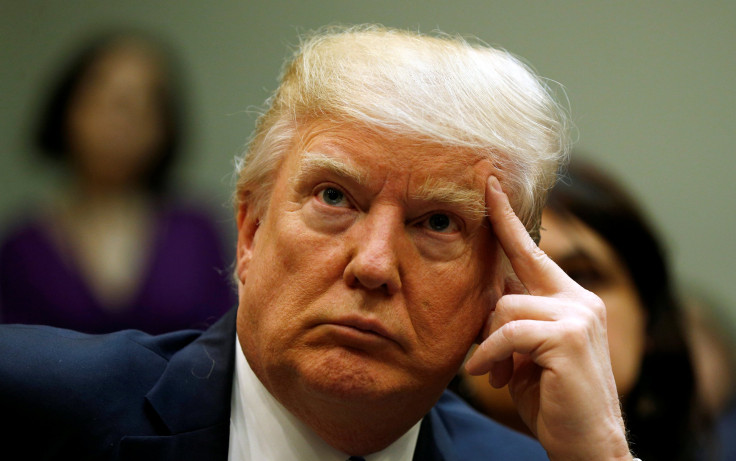What Is A 1040 Filing? Trump's Tax Return Document Explained

MSNBC’s Rachel Maddow’s on-air release of President Donald Trump’s 2005 1040 tax filing summary left viewers with a litany of questions Tuesday night. Was the publication legal? Did Trump leak it himself? Does this mean he’s not doing business in Russia?
For the not-so-tax-savvy, one of those questions was: What’s a 1040?
Read: Trump Tax Returns: Did Rachel Maddow Break Law In Disclosing Tax Details?
Known as the “long form”—as opposed to the 1040A, or “short form”—the Internal Revenue Service’s 1040 return is reserved for the 26.4 percent of U.S. households making at least $100,000 annually. Those who receive self-employment income, money, such as tips, that they don’t report to an employer, insurance policy dividends larger than the size of their insurance premiums or distributions from foreign trusts also must file a 1040, as do beneficiaries of estates, employers of family members paid more than $2,000 and debtors of Chapter 11 bankruptcy cases filed after a certain date. H&R Block has a full list of factors requiring filers to use the 1040 here.
The form also allows for the most deductions by far, with 19, compared to 11 on the 1040A, for filers making less than $100,000, and just one—the Earned Income Tax Credit—on the 1040EZ, for people who make less than $100,000 and have no dependents.
Read: Did Trump Leak His Own Tax Returns To A Journalist?
One of the deductions exclusively available on the 1040 is the mortgage-interest and property-tax deduction, which allows property owners to shave down their taxes by the amount they on mortgage interest. It cost the federal government $95.5 billion in 2016 and disproportionately benefits the wealthy, and some argue that it incentivizes excessive borrowing and purchasing of larger homes than buyers can afford.
Claims that it benefits the middle class have been proven hollow. A study from the University of Pennsylvania’s Wharton School of Business, Trump’s alma mater, found that while Americans earning between $40,000 and $75,000 received just $523 in tax savings, those earning more than $250,000 received $5,459.
© Copyright IBTimes 2024. All rights reserved.






















